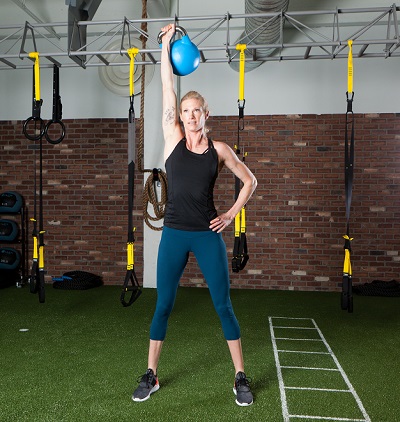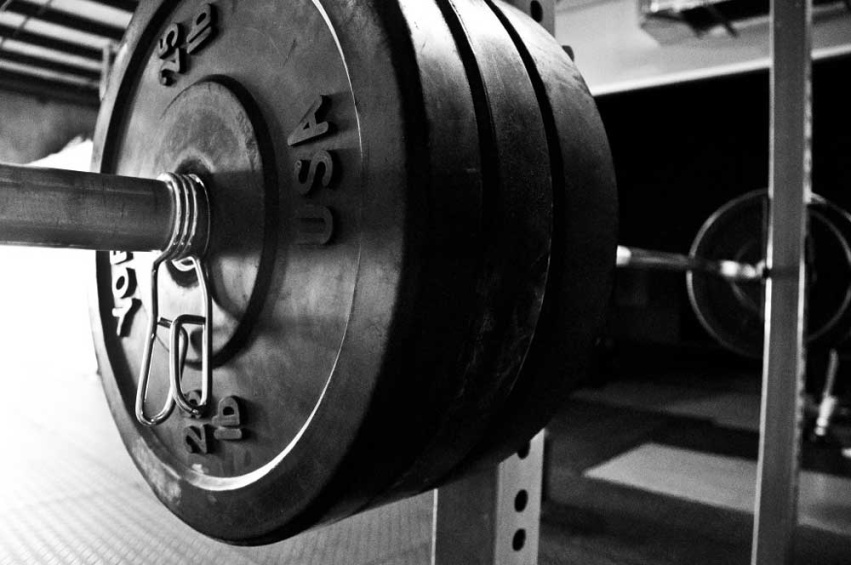Many of us set health and fitness goals to change the way we look — but transforming your health and fitness habits can also change every aspect of your life. Not only will you look better, but you’ll also feel and think better.
Follow these seven highly effective habits to become the best version of yourself:
Habit #1 If you are not assessing, you are guessing.
When it comes to health and fitness, ignorance isn’t bliss: It’s important to constantly assess and monitor your nutrition. In order to make a change, you need to know your starting point — which means tracking your nutritional habits. While counting calories may not be a long-term solution, it will give you your strongest weapon in any successful transformation: awareness.
Pro tip: If you are not assessing, you are guessing.
When tracking calories, do keep in mind that too much restriction can lead to failure. This is normal, and it’s why adopting a flexible approach is essential. A general rule of thumb is to eat healthy 80 percent of the time, while treating yourself the remaining 20 percent. By accounting for the occasional indulgence, you’ll be able to quickly get back on track.
Habit #2 Follow the six-month rule.
Create habits that are sustainable for at least six months. While short–term fixes can lead to quick results, they are often unsustainable — and you’ll soon end up back at square one. When you are developing your nutrition or fitness plan, ask yourself: “Can I do this for half a year?” If not, it’s time to reassess.
Pro tip: The best training program is one you enjoy and able to stick to in the long term while making consistent, measurable progress.
Habit # 3 Eat mostly whole and minimally processed foods.
The saying “You can’t out train a poor diet” is 100–percent true. It doesn’t matter if you’re busting your butt in the gym: If you are eating poorly, it will be difficult to lose body fat. Focus on eating minimally processed, whole foods.
What do we mean by “whole foods”? Follow these guidelines when eating:
- Stick to foods your grandparents would recognize.
- Shop the perimeter of the grocery store; for example, choose the produce section over the cereal aisle or the snack foods.
- Eat one serving of fruits or veggies (the size of your fist) with each meal, and eat a variety of colors when doing so.
- Replace calorie-dense and artificially sweetened drinks with water.
Habit #4 Eat enough protein.
Proteins are essential for repairing and building muscle, so make sure to eat one or two servings with every meal. It’s also the most important of the macronutrients; if you are going to overeat one of them, make it protein.
Other benefits of eating protein include:
It prevents muscle wasting: Muscle tissues are the most metabolically active tissues. Along with resistance training, consistently hitting your protein intake helps you retain your muscle while carving away fats — which will ultimately show off your muscle definition.
It keeps you full: When caloric intake is low and you have those cravings for carbohydrates, protein is your BFF.
It burns more calories during the digestion process: Protein has been proven to be up to 30 percent more metabolically expensive than carbs or fats. This means that if you have 100 grams of protein, then your body will burn 30 calories simply by breaking the protein down into usable amino acids.
Habit #5 Focus on building muscle
any still believe that building muscle is only for bodybuilders. Strength training is for everyone, and has proven to help people be more active, keep fat at bay, live longer and improve self-confidence.
The most efficient way to build strength and muscle is to focus on the main compound lifts. These lifts use multiple muscles in one movement, giving you more “bang for your buck.”
Most of your compound lifts should include the following movements:
- Squat
- Hinge
- Push
- Pull
- Lunge
- Carry
To build muscle, you also need to emphasize progressive overload: lifting heavy weights while properly executing each rep. Progressive overload also means you’ll need to challenge yourself by constantly adding weight. However, you should always emphasize form and technique over the amount of weight you’re lifting; piling on the weight with poor technique will do more harm than good.
Habit #6 Drink plenty of water and/or calorie-free drinks.
Proper hydration can have a significant impact on your health, performance and weight. Most of us know we aren’t drinking enough water, but we may not be aware of the potential problems that can arise from dehydration.
The main reasons dehydration has as adverse affect on exercise and overall health are that it:
- Decreases blood volume and blood flow
- Decreases heat dissipation and removal of wastes from exercise
- Decreases metabolism
- Decreases body temperature
- Increases organ stress
The general rule of thumb is to drink half your bodyweight (in pounds) in ounces of water. That means a 150-pound person should drink at least 75 ounces of water — about nine standard glasses — each day. Carry a water bottle, drink it up and refill it every two hours or when empty.
Habit #7 Sleep like a baby again
Sleep is often the forgotten component of health. In fact, it’s equally important to your workouts and nutrition. As many as 30 percent of adults sleep less than six hours per night: the minimum amount necessary for proper health. If you think you can make do with less than six hours, think again.
Pro tip: Both sleep quantity and quality are incredibly important for optimal health and fitness and for regulating our circadian rhythm.
Need more reasons? A lack of sleep can negatively impact:
- Cognitive ability
- Recovery from exercise and injury
- Sex life
- Mood and dietary decisions
- Workouts
Get six to eight hours of quality sleep every night. Without proper sleep, it’s difficult to see significant improvements in general health and/or fitness — and your body, your workouts and your performance will suffer.
By sticking to these seven habits, you’ll transform your health and your life with results that really last. Come to Flow Fitness today to get started on your journey.


